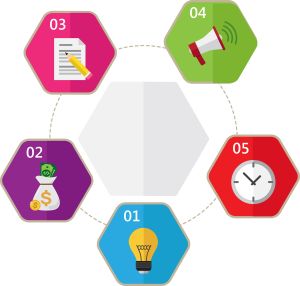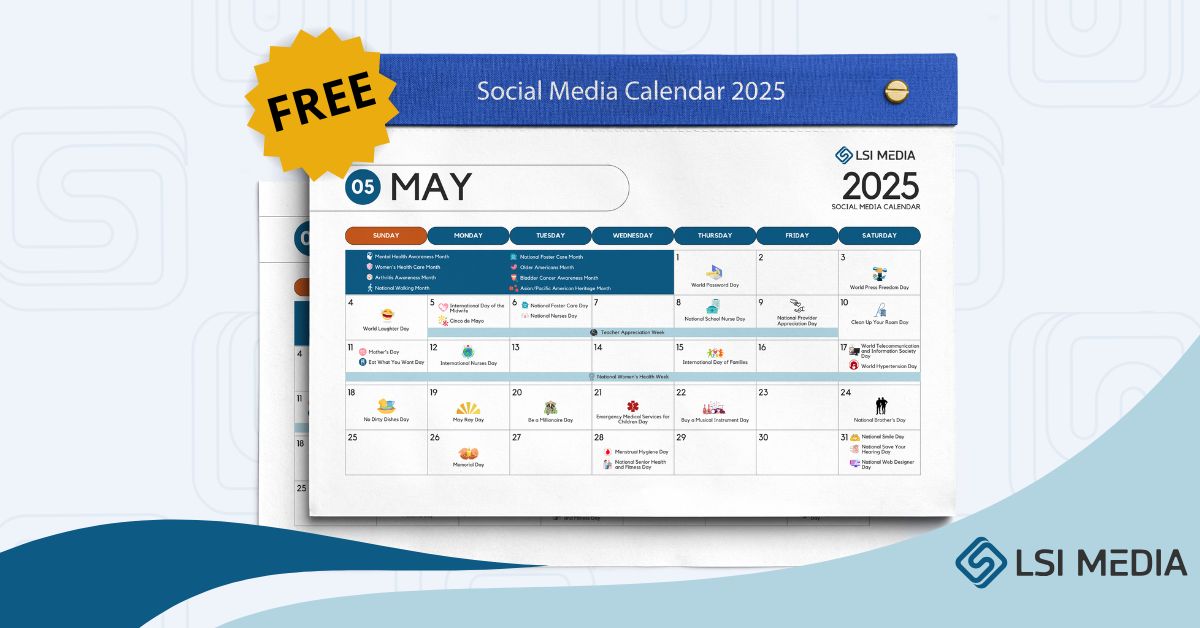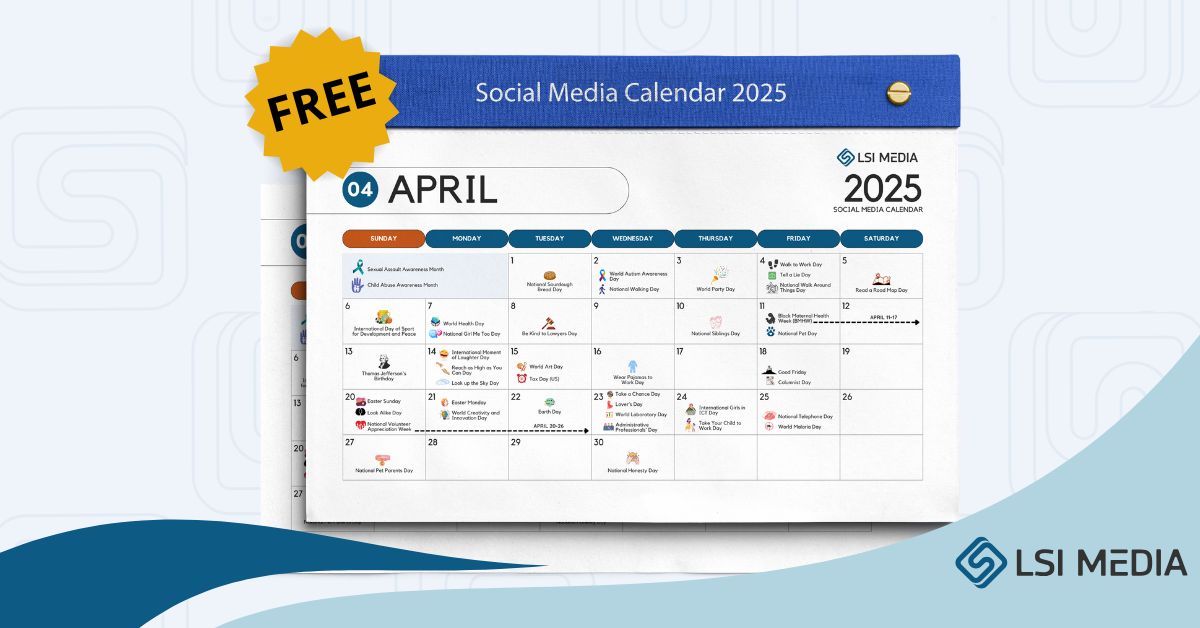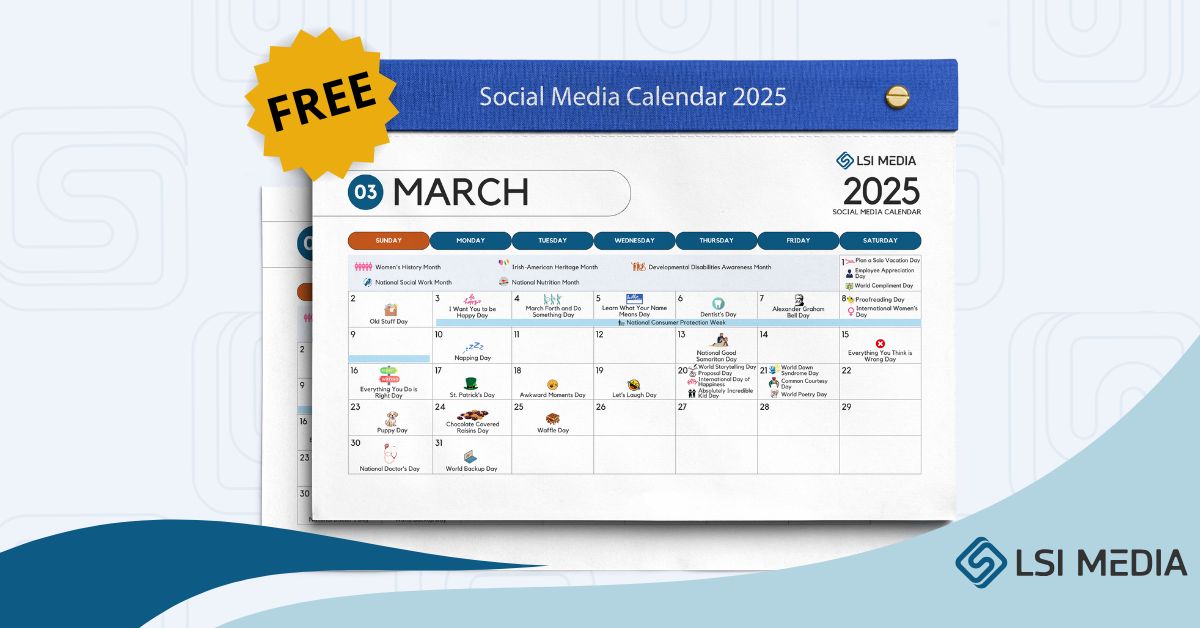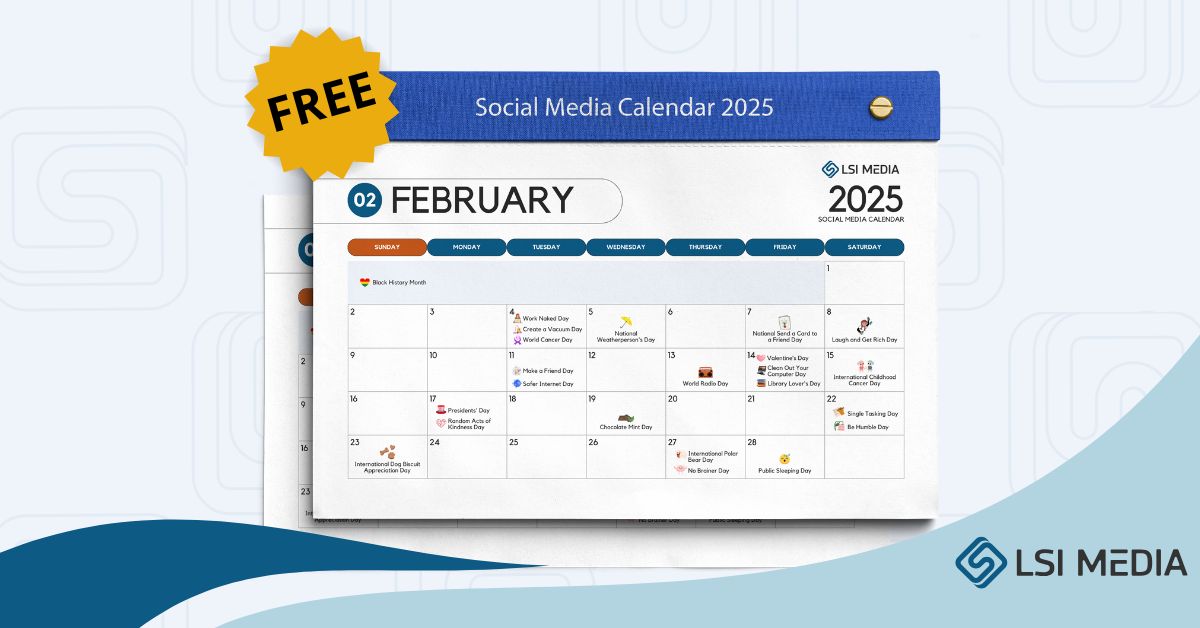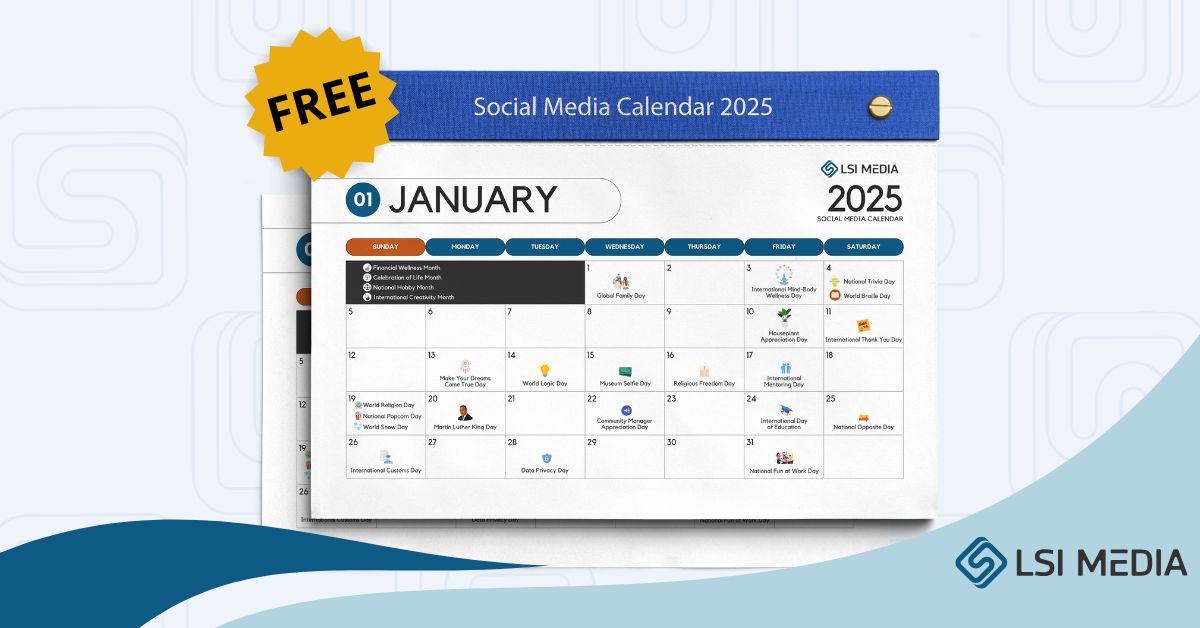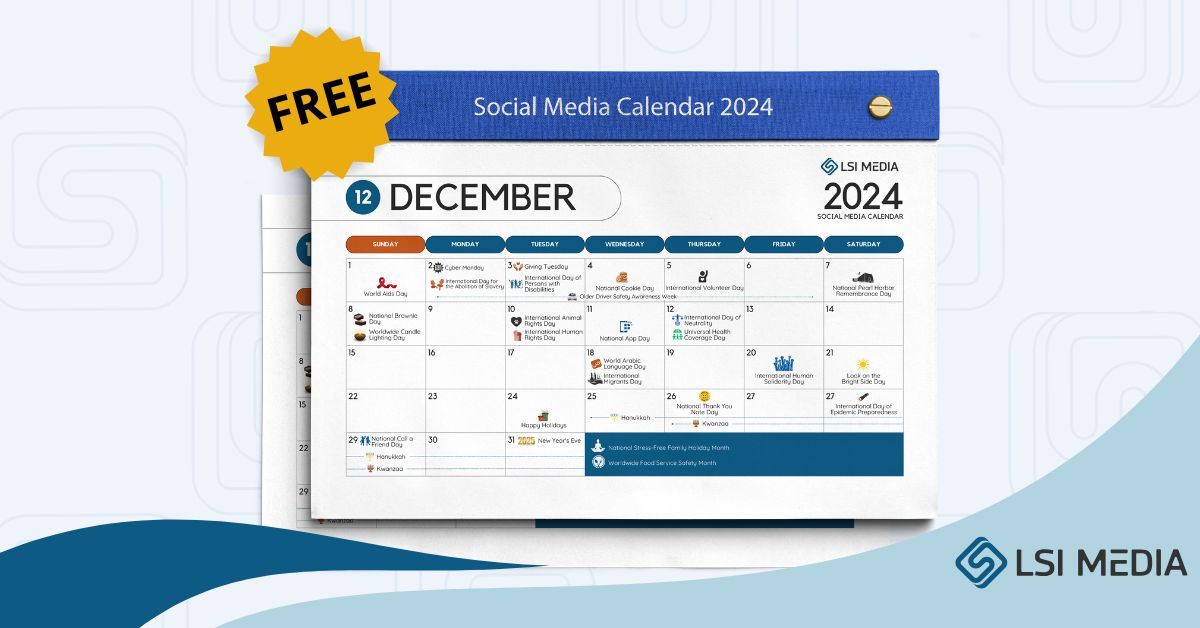[ez-toc]
Remember that Content is King, Even When Repurposed for a Social Media Blog
In the 21st century, people focus on likes and laughter over quality content on social media. We focus on loyalty instead of seeking influencers who visit a blog site for quality content. Spending not too much time reading good quality content is the age of social media marketing. Yet, this content still gets many likes or shares because the first two sentences are quite good. Today’s culture is the fast “hook-up culture” because of social media, yet few people know how to date.
Reasons Why You Should Repurpose Content
As you are probably aware, social media can no longer be ignored. If you want to expand your business, you must understand the significance of social media, as it can assist you in the following ways:
- Tell your story.
- Develop your network of contacts.
- Create audiences that are unique to you.
- Learn everything you can about your competitors.
- Maintain a prominent position in the minds of your target audience.
- Increase the size of your audience (even with a small budget)
And there’s a lot more. And let’s not forget that the average American spends more than two hours daily on social media! Nonetheless, this does not imply that you should devote all of your time to the vortex of Instagram or Facebook. That was not your motivation for becoming a content creator, entrepreneur, or influencer in the first place.
To make your content work for you, you must create strategic content that starts the seeding process with your audience and repurpose it across multiple platforms. As a result, you will save a significant amount of time while still reaping the benefits of being active on social media without the need to create unique content for each platform.
- Not to mention that repurposing your content will benefit you in the following ways:
- Increase your return on investment.
- Increase the organic growth of your social media channels.
- Learn about the purchasing habits of your ideal customers.
- Allowing you to spend more time in your zone of genius is highly recommended.
A Social Media Blog is the Best Support Unit for Social Media Marketers
Many social media marketers know how hard it is to develop resources to create better-quality content. If you’re on the short end of content creation, capture the attention of this generation who doesn’t know how to date. Read good content on social media to find quality content by repurposing content.
This also allows you to use the same content and target a new audience or niche market. If you have a social media blog site, you must find quality content from your website. You can also archive content or other social media sites and recycle them.
You don’t have to repurpose everything;
- select the ones that you still consider “evergreen.”
- have done well in the past that may once again appeal to more or newer audiences.
Create Infographics from data or step-by-step instructions
Many of your blog posts contain information that supports your main points. Or, some of your blog posts contain processes people can follow to achieve a specific result. Transform these types of blog posts into appealing infographics with professional design. Sharing the visual-first format of an infographic is more likely on social media, and it is easier for your viewers to skim through and glean important insights.
Post quote graphics on social media platforms such as Instagram and Facebook
Is it possible for your blog post to include important quotes or key takeaways for readers? Choose a few and turn them into quote images that are both appealing and shareable. Several studies have demonstrated the importance of visual content. Achieving higher engagement rates and more reshares on social media platforms.
The human brain processes visuals 60,000 times faster than it does text. This means you’ll be able to connect with users much more quickly. Users’ natural tendency is to scroll through news feeds rather than read long text chunks. Choose quotes that will likely ring true to your target audience’s experience—select key takeaways or memorable phrases that will encourage users to share their thoughts.
Make use of blog posts to promote your Facebook and YouTube videos.
Video marketing is not only the future, but it is already here. The advantages of including video content in your posts have come to expect this new communication format. You can easily create new long-form videos based on blog posts without changing any information. Or, you could highlight only key points or one main point to create videos that are 3 minutes or less long. You can even repurpose some blog post content into marketing and sales videos to increase your reach.
Produce takeaways from blog posts as podcasts
Using many channels to market a company’s products and services is not unheard of in today’s world. Depending on your niche, you may also be investing money into YouTube marketing or podcasting. It is possible to create episodes for your podcast based on old blog post topics you have written in the past.
You can use your episodes to create soundbites – or bite-sized audio snippets where it will highlight key takeaways or points from the episode. And you can post these soundbites on your social media accounts for your podcast and your website.
Create a series from your blog posts.
Creating a post series on social media will keep your audiences looking forward to your next social media posts. This is a fantastic way to incorporate all the content in a single long blog post. This is a way to link several different blog posts under a single common theme. You can present the post series in any format you choose. But it can be as simple as converting your blog post content into visual aids and presenting.
Convert your infographics into SlideShare presentations
Several infographics give out good information about your brand or product, as instructional infographics can convert these into SlideShare presentations. SlideShare has a large community of users and followers.
Use a past article content and convert it into a Facebook Image Post
Get an important sentence or quote from that article. Then, convert it into a Facebook image post that will again promote the article. The article must appear after the image post, or it can link to a page on your main website.
Convert a step-by-step instructional guide article into a YouTube Instructional
Visual marketing is now the new trend in social media marketing. Suppose you have a ton of how-to articles from the past. Then convert them into top-notch instructional videos. The advantage is that people can see your product or your brand logo. (located at the bottom of the top right-hand corner of the video)
Convert One-page Reports or LinkedIn Posts into Blog Content
Many marketers have seen the success of reports or posts on LinkedIn. So why not republish the same in your social media blog to capture a wider audience? You can summarize it, link to the original post, or highlight important points.
Bottom line
The benefits of repurposing blog content for social media are many. First, you have a much larger audience, and the blog can reach people who are not yet on your list. Allows you to increase your chances of getting your target demographic much faster. This can give you a jump start on your marketing campaign and increase the effectiveness of your campaign because you can attract new customers without using traditional methods.
You can easily repurpose your blog content into different forms. The first thing you need to do is consider what you will change and why. It would be best if you thought about how to use this content to attract more customers, which will help you decide whether to use it or not.
Remember that the focus should be on how you will make the most of this blog content for social marketing. There are several ways that you can use the content from your blog. One way is to add it to an existing post that you are making. This can bring more readers to your blog and get them involved in the conversation. It allows you to converse and build a relationship with a larger audience.
You can also repurpose your blog content into a video that is for YouTube.
This can be very beneficial to get your blog noticed and help you increase the traffic you regularly receive. Having your content on this site can give you a great boost in reputation and also traffic. Also YouTube, you can use repurposed posts on your blog. This is like what you would do on your website. You can post articles and videos to your blog geared to that particular niche and that audience. The idea is to find something that will go over well with your audience. For example, writing about gardening could repurpose the articles and videos on your blog that can offer other information. This will allow you to reach more potential customers.
The last use of blog content for social media is to write guest posts on other blogs.
Guest posts allow you to give valuable information to other bloggers. It allows you to build a relationship with another blogger, which can lead to some great networking opportunities. There are many other ways you can take advantage of blog content for social media.
Social media is an ever-changing platform allowing you to connect with your audience personally. By providing useful information and sharing it with your audience, you can help them connect with you and one another on a more intimate level. The result is an increase in your audience and, ultimately, a boost in your revenue.
As you can see, there are a variety of reasons why you should repurpose blog content. Some of these reasons apply more to traditional websites than social networks, but the result is a more personalized experience for your readers. Ultimately, you want to provide your readers with high-quality content that can be found nowhere else. Once you do that, you can enjoy the long-term benefits of social media blogging.
FAQs:
1. What is the importance of repurposing content in a social media blog?
Repurposing content in a social media blog is important for several reasons. Firstly, it helps to maximize the reach and exposure of your content by presenting it in different formats and platforms. Secondly, it allows you to cater to the preferences and preferences of different audience segments. Lastly, repurposing content can save time and effort by leveraging existing content and giving it new life.
2. How can I repurpose my social media blog content?
There are numerous ways to repurpose your social media blog content. Some popular methods include:
- Creating infographics
- Turning blog posts into video tutorials
- Converting blog content into podcast episodes
- Creating slideshows and presentations
- Using snippets from blog posts to create social media posts
- Republishing content as guest posts on relevant websites
- Creating downloadable checklists, templates, or ebooks
- Turning blog posts into email newsletters
- Creating visually appealing quote images from blog content
- Transforming blog posts into webinars or live video sessions
3. How can repurposing content enhance my social media blog’s SEO?
Repurposing content can enhance your social media blog’s SEO by allowing you to target different keywords and expand your content’s visibility across various platforms. By creating different formats of your content, you can also attract new audiences and build backlinks from other websites through guest posting and collaborations.
4. Can repurposing content negatively affect my search rankings?
Repurposing content itself does not negatively affect your search rankings. However, it is important to ensure that each repurposed piece of content retains its uniqueness and adds value to the platform it is being published on. Avoid duplicating content across multiple platforms without making any substantial changes.
5. How often should I repurpose content in my social media blog?
The frequency of repurposing content in your social media blog depends on several factors, such as your content creation capacity, audience engagement, and platform preferences. You can start by repurposing one or two pieces of content per month and adjust the frequency based on the results and responses from your audience.











